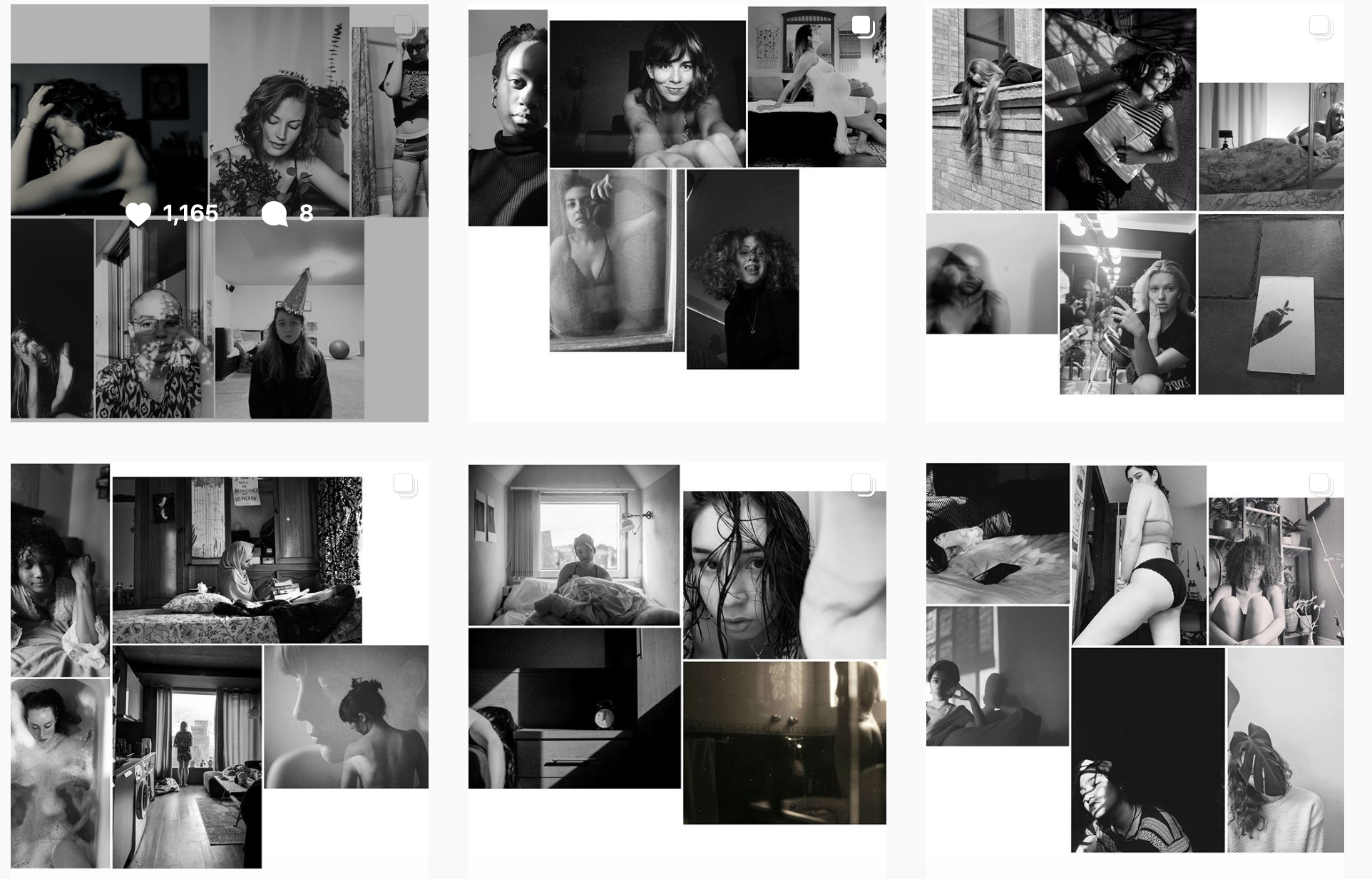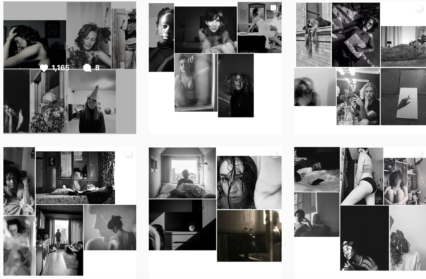Georgia Winstone-Cooper explores the new world as artists and arts organisations focus all of their creative power to the online experience, from poetry to dance, in Art in Isolation.
Come on in. It’s a house filled with dancing and childhood, with vegetables and stories, with pottery and words. Look! A tree is growing, right there, up through the carpet in the living room, and from up near the ceiling, a gorgeous bird is swooping. Look up now at its vibrant, open wings.
So begins the special edition from Poetry Wales Stay At Home, filled with verses exploring the new normal spent almost entirely within our own homes. Our living rooms are now theatres, concert halls, and comedy rooms and Zoom, Google hangouts, and Skype have become the platforms through which art and entertainment aim to come in to reach us as we can no longer go out to it. Art has always had the power to connect us to one another. Hearing a lyric in a song or reading a line of poetry which perfectly encapsulates the feeling we had difficulty expressing gives us the sense that we are not alone.
When we view a painting of a landscape or a photograph of a place we know well, we have an instant connection with a someone who saw the same that we saw but who we will never meet. We wander through galleries and dance at music gigs next to people we may never speak to but are joined to through a shared experience. Then there is debate and conversation and analysis of a piece of art that can continue for centuries, connecting us through mutual love or intense disagreement. Art has the power to connect us and connection is something we desperately need during this locked-down and isolated times.
The artistic industries have taken a massive hit and the creatives, producers, freelancers, and artists who provide us with such joy and beauty are experiences desperate times. Whilst financial support may be sparingly available, the ability and opportunities to create and present art have dwindled significantly. The wide expanse of the internet has allowed for human beings to experience more interaction than they have ever known and has become an immense platform for the accessibility of art, and the communities we have online are more important now than ever.
Online video chats used to be used sparingly but are now the life-source of our social lives and the platform through which we can experience so much art they we might otherwise miss. In the case of National Dance Company Wales, Zoom became a platform through which to analyse and express the real time dystopia we feel we may be experiencing. The performance is one of hope, however, and none of the beauty of the movements is lost through the video, indeed the use of Zoom only enhances the experiences as the audience is forced to flit their gaze between each tiny window in order to catch the dance. NDCW are also producing a series of online dance classes to promote movement and general wellbeing in their audiences.
YouTube is also a platform being utilised by artists during the lockdown. YouTube has famously become a space in which artists, both good and bad, can freely show their work, and it is also a place of intense community. The Welsh of the West End have produced a video performance to raise money for the NHS. Welsh artists currently performing in the West End came together to perform a rendition of ‘From Now On’ from The Greatest Showman with the ambition of raising much needed funds, but also to instil a sense of hope and wellbeing amongst their audience.
Social media, and Instagram in particular, are often (understandably and correctly) criticised for their negative impact on self-image, self-worth, and many platforms often act as places of comparison and unnecessary competition. In many cases, however, a carefully curated feed can result in a space of positivity and create a sense of community. Many people are self-isolating alone and loneliness can be dire at the best of times, but especially so during these times when the end seems to lie in the distant future. The Instagram page @GirlsofIsolation is a curation of portraits presenting a completely isolated self-isolating.

The account posts hauntingly beautiful black and white self-portraits from women, non-binary, and queer people who are currently living alone. The page welcomes “all-bodies” and is neither a celebration nor a cry for help, but rather an acknowledgement of the new reality many people are facing. The page creates a sense of community for people who may be physically by themselves, but in need of some connection and a feeling that they are not entirely alone. Having amassed over thirteen thousand followers since its first post less than a month ago on 2nd April, @GirlsofIsolation is a space clearly needed and relied on by many.
Another of social media’s charms is just how far-reaching it is. News and knowledge from around the world is accessible within an instant and those missing the opportunity to wander around museums and galleries have created the hashtag #MuseumsUnlocked. #MuseumsUnlocked has allowed for both staff and visitors to share images and memories of their beloved spaces, many reflecting on how they will never again take for granted the access they have to great works of art and commemorations of history. The hashtag is being used by people all across the UK to showcase museums, galleries, heritage sites and more that are currently closed to the public but deeply missed by many. It must also not be forgotten that many museums have their own online archives which are treasure troves filled with the art and artifacts you may be long missing.
One of the most enjoyable and entertaining aspects of museums now greatly utilising their social media presence has been the general public imitating their favourite works of art using items they find around the house. This has, however, potentially been surpassed by the competition between museums to find the weirdest and most bizarre exhibits they have in their possession. The #creepiestobject is certainly a way to while away the hours and discover museum items that you may never have encountered before, and may choose to never again…
Whilst some may be using this time as an opportunity to find new hobbies or get fit, many people are still having to not only care for their children full time, but also attempt to teach them with next to no experience. This can be immensely stressful but so many have come together online to help ease the burden. One of these is Atebol Amser Stori, they have a YouTube series dedicated to storytelling and feature stories from David Walliams, David Melling, and many other well-loved children’s books, all through the medium of Welsh.
Art and music lessons are also taken care of with Huw Aaron’s Criw Celf and Mei Gwynedd’s Ukulele lessons. Theatr Iolo have also created a page of online resources available for children and parents, as well as featuring some of their own theatrical performances for children on their YouTube channel. Rhiannon Lloyd Williams and Sioned Medi Evans have created a beautiful series of illustrated online children’s stories, available to entertain even the most bored child in lockdown.
We do not know when we will enter back into the normal world, nor do we know what kind of “normal” it will be. We do not know when theatres, cinemas, and galleries will reopen, nor do we know when concert halls and gigs will once again come alive. These online communities exist to fill the gaps between torturously long hours, or to be caught up with in snatched moments between arduous shifts or hours of home-schooling the kids. So, for now, we can enjoy the art and entertainment we have been offered by artists, writers, musicians, and curators who are surely struggling at the moment, but are still taking the time to ensure our quarantine is one of connection and that some joy may be found in our new online worlds.
Georgia Winstone-Cooper is a contributor to Wales Arts Review.



 Enjoyed this article? Support our writers directly by buying them a coffee and clicking this link.
Enjoyed this article? Support our writers directly by buying them a coffee and clicking this link.







